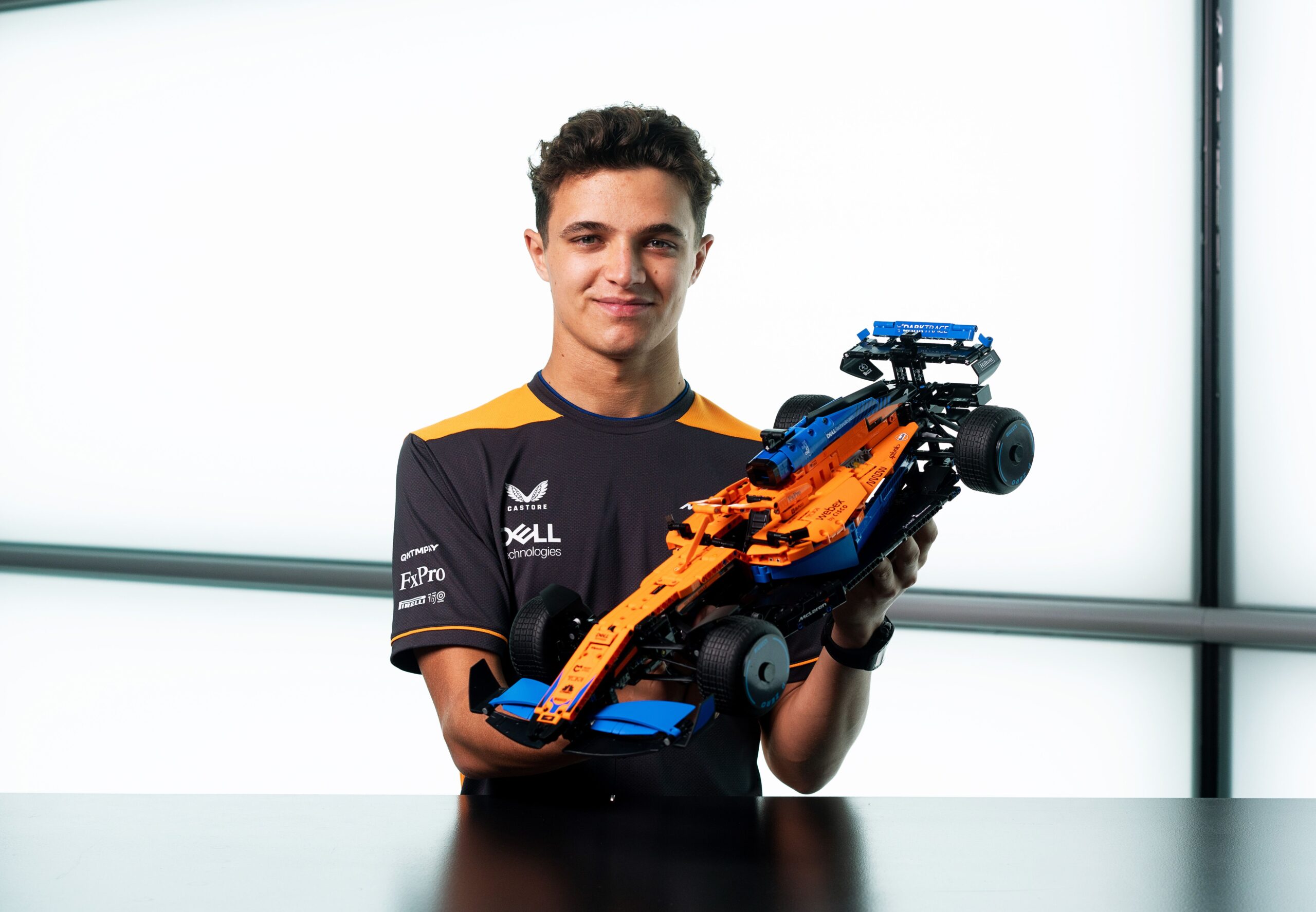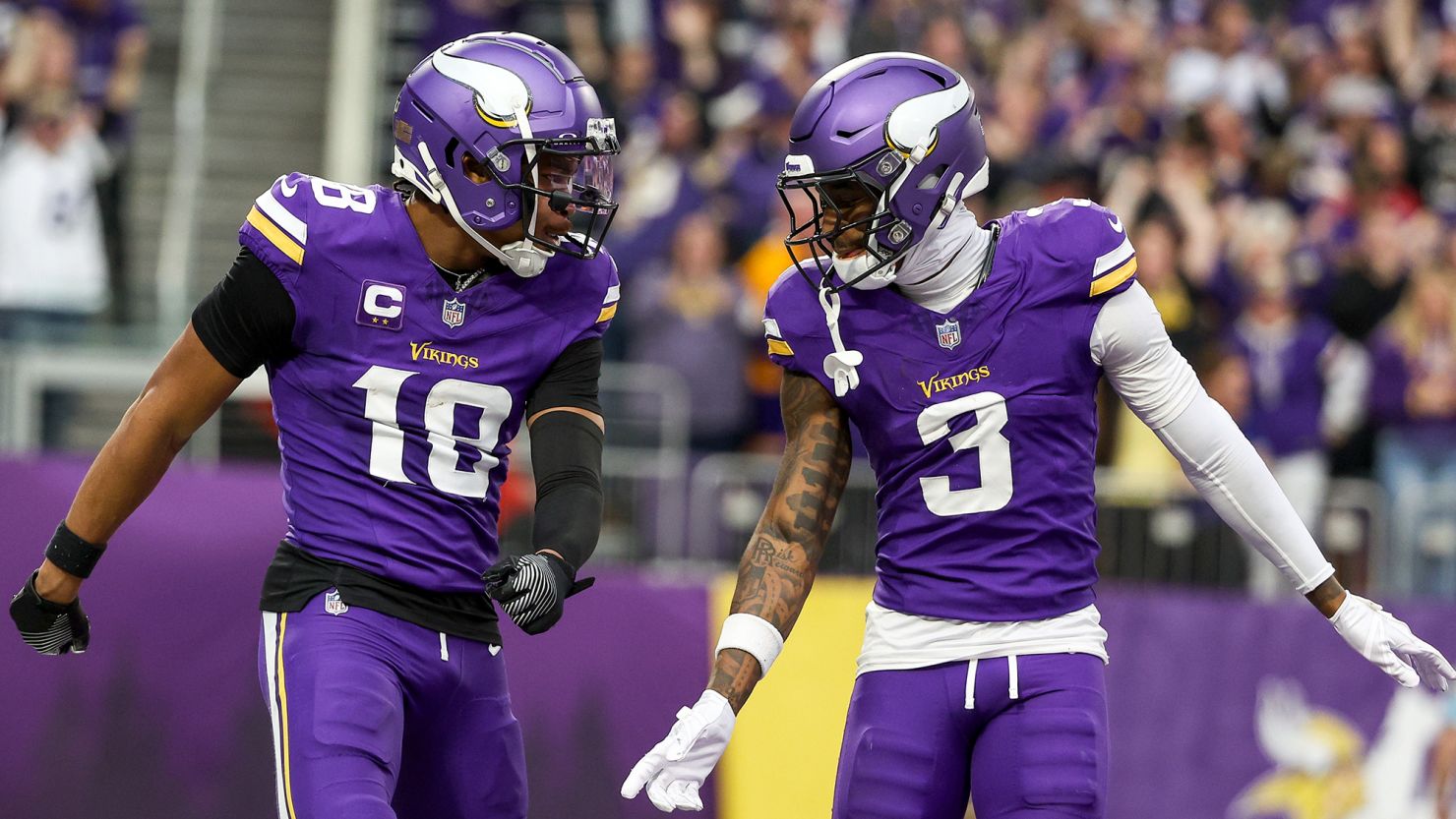For many years, Formula One operated with a narrow focus on its traditional audience — often favoring exclusivity over accessibility. Under the stewardship of Bernie Ecclestone, the sport prioritized a luxury image, appealing primarily to elite spectators rather than fostering a broad fanbase or embracing diverse forms of engagement. Licensing and merchandising, especially those aimed at younger fans or wider demographics, were often overlooked or deemed secondary.
But that landscape is shifting dramatically. The arrival of Liberty Media marked a turning point in Formula One’s approach to fan engagement, opening the door to fresh partnerships and innovative marketing strategies. One standout development has been Formula One’s expanding licensing program, which is no longer just about the sport’s core audience but increasingly about capturing the imagination of a new generation.
A prime example of this shift is the collaboration between Formula One and the global toy giant Lego. This partnership extends beyond traditional fan merchandise — it taps into the power of play to connect with younger fans and families worldwide. The initial Lego Formula One range includes intricately designed replicas of all ten teams’ 2024 cars, complete with authentic details such as Pirelli tyres and accurate liveries. These sets serve as a bridge between dedicated followers of the sport and casual observers, creating a tactile, engaging way to experience Formula One at home.
This venture reflects a larger strategy by Formula One to grow its fanbase, which has already expanded by 12% to 826.5 million globally in 2024. But the goal is not only to increase numbers; it’s to deepen engagement by integrating the sport into everyday life and pop culture. Collaborations like the ones with Lego and Hot Wheels represent a new chapter, one where Formula One’s brand extends well beyond race weekends and television broadcasts.
From the perspective of Lego, the alliance is equally strategic. The toy company brings unmatched expertise in play and creativity, paired with a vast global footprint. Their partnership with Formula One leverages both brands’ passionate audiences and cultural resonance, creating opportunities to introduce the sport to markets and demographics that might otherwise remain untouched.
Lego’s approach isn’t limited to replicating the present; it also honors the sport’s rich history. Recent releases featuring iconic cars and legendary drivers like Ayrton Senna and Nigel Mansell underscore the dual appeal of nostalgia and innovation. These sets attract longtime fans while inviting new ones to explore Formula One’s storied past in an interactive format.
A key component of the partnership’s success is the authentic connection with Formula One drivers, who have embraced Lego as part of their own lives. Initiatives such as “the Brick Break,” where drivers build Lego sets to unwind, bring a human element to the collaboration and deepen fan interaction. With drivers becoming more accessible and relatable through media like Drive to Survive, such initiatives help bridge the gap between sporting heroes and their audiences.
At its core, this partnership is about accessibility and family engagement. With many fans unable to attend races in person, Lego sets offer a way for families to bring the excitement of Formula One into their homes, creating shared experiences that inspire and educate. It’s a powerful tool for cultivating the next generation of fans and ensuring Formula One’s relevance well into the future.
In sum, Formula One’s embrace of licensing — and particularly its partnership with Lego — signals a major shift in how the sport views its audience and its role in popular culture. It’s a move from exclusivity to inclusivity, from spectatorship to participation, and from tradition to innovation. As Formula One continues to evolve, such collaborations will be key to sustaining growth, diversifying its fanbase, and embedding the thrill of racing into the fabric of everyday life.
SOURCE: SportsPro
IMAGE: Mclaren


